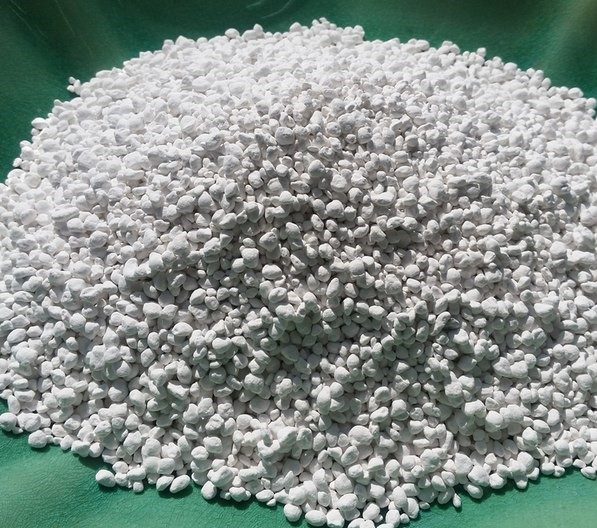Elements, Compounds, and Mixtures
1/50
Earn XP
Description and Tags
Flashcards covering key vocabulary from the lecture notes on Elements, Compounds, and Mixtures.
Name | Mastery | Learn | Test | Matching | Spaced |
|---|
No study sessions yet.
51 Terms
Periodic Table
Elements are sorted into metals, non-metals, and metalloids based on their properties.
Groups
There are 18 columns in the periodic table.
Periods
There are 7 rows in the periodic table.
States of Matter
Solid, liquid, and gas.
Melting
The change of state from solid to liquid.
Evaporating
The change of state from liquid to gas.
Freezing
The change of state from liquid to solid.
Condensing
The change of state from gas to liquid.
Particle Model
Substances are made up of tiny particles that are attracted to each other and always moving.
Atoms
Smallest unit of matter.
Protons
Positively charged particles in the nucleus.
Neutrons
Neutral particles in the nucleus.
Electrons
Negatively charged particles orbiting the nucleus.
Atomic Number
The number of protons in an atom, which determines its element.
Number of Electrons
Determined by the number of protons.
Number of Neutrons
Mass number – atomic number.
Metals
Solid at room temperature (except Hg), shiny, conduct heat and electricity, malleable, ductile, and high melting points (except Hg).
Non-metals
Cannot be polished, brittle, low melting point (many are gases at room temperature).
Metalloids
Have some properties of metals and non-metals.
Alkali Metals
VERY reactive in water and are in group 1.
Alkaline Earth Metals
Less reactive than alkali metals and are in group 2.
Transition Metals
Found in groups 3 to 12 with many interesting properties and colorful compounds.
Halogens
Very reactive elements found in group 17.
Noble Gases
Unreactive elements found in group 18. They glow when exposed to electricity.
Elements
Pure substances made of only one type of atom, having a name and a symbol.
Compounds
Substances that are made up of metals and non-metals are just called compounds.
Mixtures
Two or more substances mix but do not form chemical bonds; retains properties of individual parts.
Molecules
A group of atoms bonded together
Lattices
Compounds metals and non-metals arranged into giant grids, where each atom lines up one after another, repeating the same pattern over and over
Chemical Change
Change in which bonds between atoms and molecules are broken and new bonds are formed; not easily reversible.
Physical Change
Can be observed using senses or measured directly; reversible.
Chemical Reaction
Chemical change in which a new substance is made; products have different chemical properties than reactants.
Chemical properties
Flammability, reactivity, and toxicity.
Evidence of a Chemical Reaction
A precipitate is formed, an odor, bubbles/gases are released, light/heat is released, a change of color, or a change in mass.
Reactants
What you begin with in a chemical reaction
Products
New substances formed in a reaction.
Indigenous Knowledge
Describes the element, compound, or mixture that Indigenous Australians used (ochre pigments, plant medicines) and its composition and source.
How do you determine the electrodes in an element.
Atomic Weight - Atomic Number
FE
Iron
AU
Gold
AG
Silver
HG
Mercury
Groups 3-12
Transition Metals
K₂SO₄
2 Potassium, 1 Sulfur, 4 Oxygen

Transition Metals
Good Conductors of heat and electricity
Transition Metals
Malleable
Transition Metals
High melting points (except Hg)
Nucleus of an Atom
Neutrons and Protons
Charge of a Neutron
neutral
Mass of electron
1/1800
Mass of Protons and Neutrons
1